How Soon To Grind Coffee After Roasting
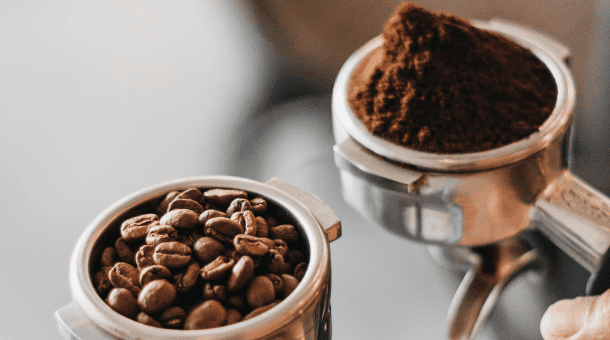
When the coffee beans have been roasted, they need to be ground into a fine powder in order for them to release their oils and become brewable.
The majority of home coffee makers are equipped with automatic grinders that perform this task quickly and efficiently.
However, if you plan to store your beans properly or want to enjoy your cup at any time without waiting for the grinder to finish its job, then keeping it freshly ground might be a wiser move.
That is why most experts suggest that you grind your coffee as soon as possible after roasting it. Doing so helps maintain freshness by preventing odors and flavors from becoming overpowering.
Grinding right after roasting also reduces the amount of oil released in the process, making sure that every bean ends up with the same amount of surface area.
Finally, by grinding all of your beans at once rather than choosing how many cups you want to make from them beforehand, you can keep track of how much you have left over and precisely control how much is left over at any given time.
Read on for more information on when it’s best to grind your coffee after roasting and how long it takes different methods.
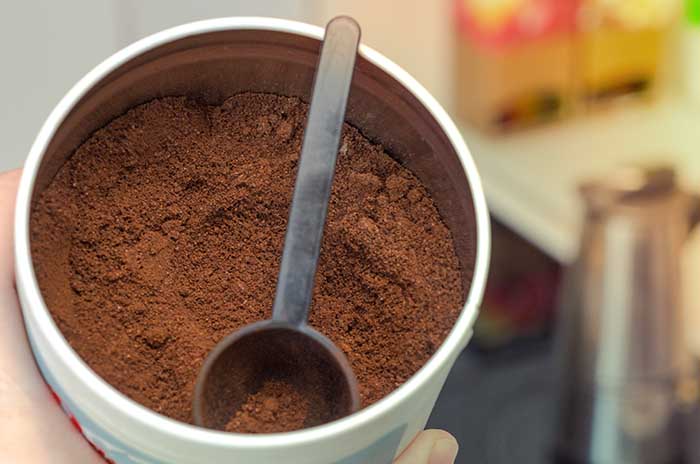
When Not To Grind Coffee After Roasting
Grinding your coffee beans too soon after roasting can cause oils to be released prematurely, which will make the grinds harder to work with.
If you are purchasing pre-ground beans or want to enjoy your coffee immediately after roasting, then grinding it right away is not recommended.

How to grind coffee after roasting
There are a few ways you can do this. The most common way to grind your coffee is with a burr grinder, which is also the quickest and most efficient method.
If you don’t have a manual burr grinder, automatic coffee grinders offer an alternative. Other methods include using a blender or food processor.
They may not be as fast as grinding by hand, but these devices will give you a more consistent final product than using an electric coffee grinder.
After your coffee has been roasted, it needs to be ground as soon as possible to prevent oil from overwhelming the beans and preventing them from becoming properly brewed.
However, if you plan on storing your beans for long-term storage or don’t have time to wait for the machine that was used to roast them to finish its job, then grinding after roasting might be best.
When To Grind Coffee After Roasting
It’s best to grind your coffee after roasting it so that the granules can release their oils and become brewable.
However, if you want to store your beans for a long period of time or want them to make a consistent cup every time without waiting for the grinder to finish its job, then grinding it right after roasting is not necessary.
The length of time it takes for these granules to release their oils depends on how they are ground. There is no right answer when it comes down to which method is better or worse because the outcomes will vary depending on what you plan on doing with them. The best way to find out which method is best for you would be trial and error.
If you’re planning on drinking your coffee immediately, then grinding it immediately after roasting will prevent odors and flavors from becoming overpowering as well as reduce the amount of oil released during the process.
This will ensure that every bean ends up with the same amount of surface area so that each cup will have the same flavor profile and roast character.
If you’re storing your beans for later use, then grinding them in advance will guarantee freshness by preventing odors and flavors from becoming overpowering while also ensuring that each bean has an equal amount of surface area exposed during the roasting process so that all cups have similar profiles and textures.
Finally, if you have limited quantities of beans at any given time, then grinding in bulk ensures that
What You Need to Know About The Difference Between a French Press and Conical German Press?
If you’re not familiar with the difference between a French press and a conical German press, then let us teach you.
A French press is often recommended for beginners because it’s easy to use, even for people who have no experience with coffee making.
On the other hand, conical German presses are designed specifically for grinding and extracting coffee from beans, which is why they are recommended by professionals.
These presses can extract more flavor from the beans than other methods so that you get more of the subtle nuances in your cup of joe.
They also create a smoother consistency than the French press does, which is why many experts suggest using them instead of traditional methods like the French press.
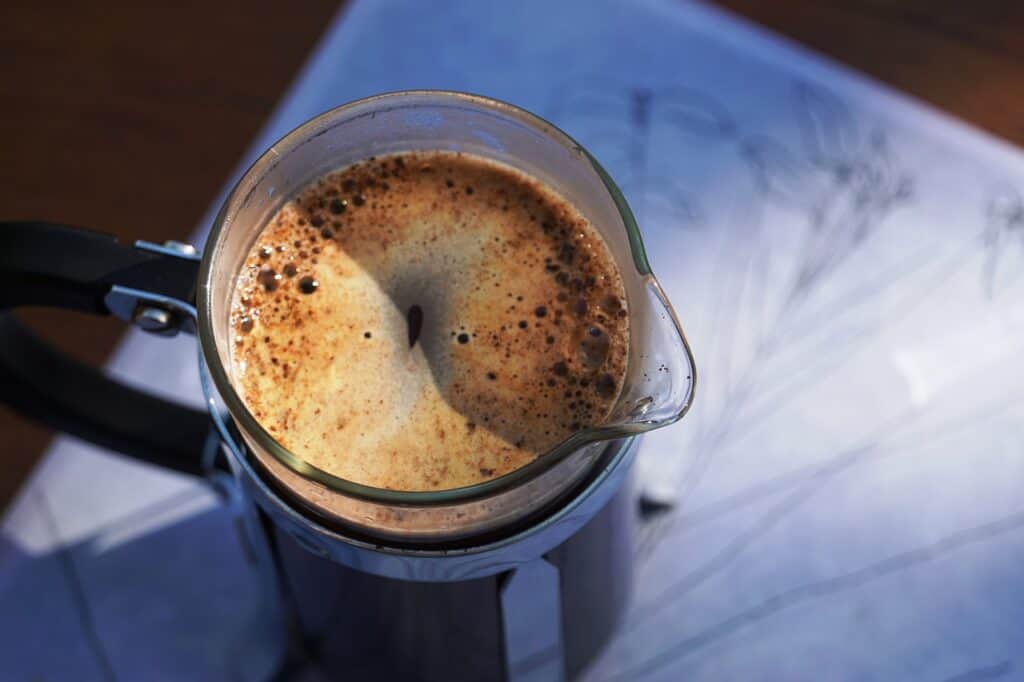
Summary
The best time to grind coffee after roasting is as soon as possible.
Doing so will reduce the risk of odors and flavors becoming overpowering, maintaining freshness, and reducing the amount of oil released in the process.
It also keeps track of how much coffee you have left over.
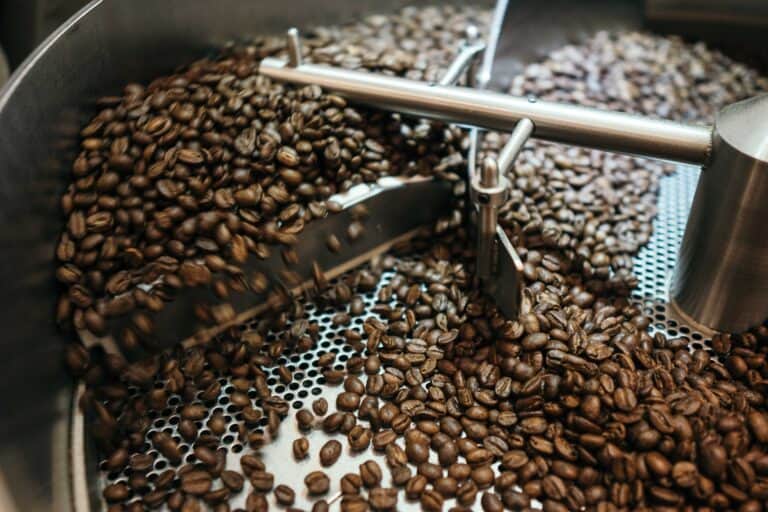
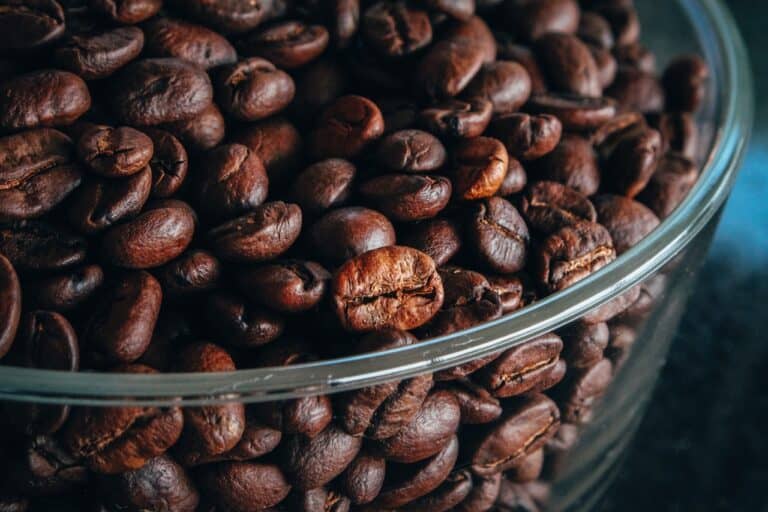
One Comment